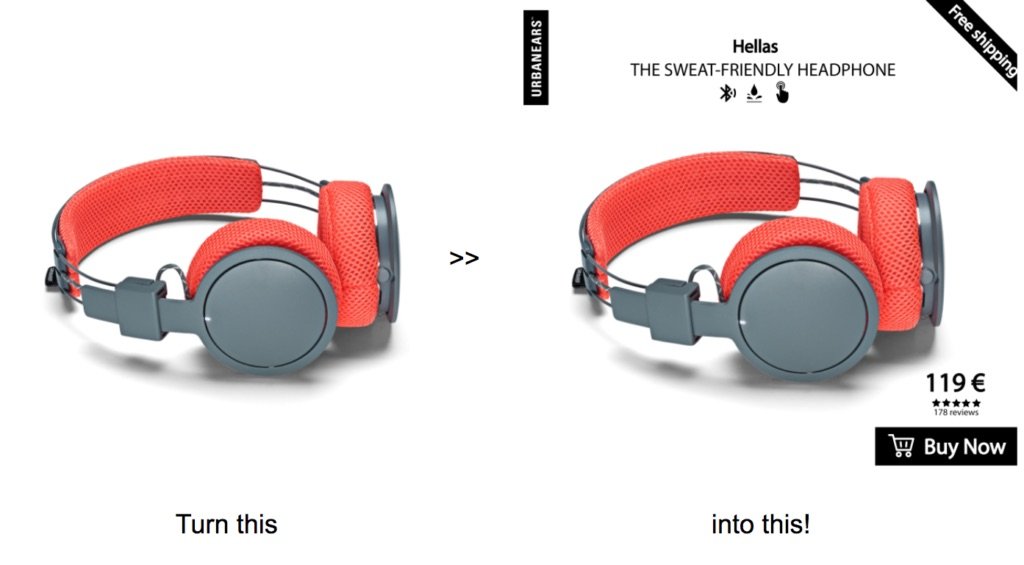Whether it’s for dynamic ads, product listings, external sales partners or marketing automation campaigns, product or inventory data feeds are at the very heart of today’s ecommerce marketing and shopping channels.
By coupling data feeds with advanced targeting, online retailers and travel brands are able to create the best match between their inventory of physical or service products and the individual customer.
However, to be successful with feed-based marketing, you should never merely distribute your product feed without having analyzed and optimized it. Your feed is the foundation of your customer-facing assets and therefore has a significant impact on your performance. So, it’s your job as an ecommerce or travel marketer to ensure your feed is of the highest quality!
Not sure where to begin? There are five basic, but golden rules to follow:
Your data feed should be…
1) Current
A strong performing data feed contains up-to-date information for all attributes. This not only means maintaining accurate product availabilities and prices but also regularly updating the feed with your new products.
Also, you can take advantage of timeliness by promoting seasonal or event related offers or discounts. They can be a strong performance driver.

For example, a hotel can give all honeymoon suites in Venice a sale price before Valentine’s Day. Similarly, an online shop might launch a campaign where all red and pink items are discounted.
Staying current also requires keeping up with the near-constant changes feed specs for the different channels. So be sure you’re preparing your feed according to the latest requirements.
2) Clean
At best, a data feed containing messy or inconsistent data will have a much lower performance than one that has persistent and organized data. At worst, a feed containing sloppy data will be rejected from the channel altogether.
That's why data cleansing is so important. All product attributes should be concise and error-free. Proper cleansing is a key part of anything involving data, and your product data is no exception. Make sure your offer titles don’t contain duplicate words, have no double white spaces and there’s no broken HTML anywhere in the feed.

Example: Fix and decode broken HTML

Learn more about common feed errors here.
3) Complete
It’s vital that there are no empty mandatory fields or missing attributes in a feed. Not only could this lead to the feed performing poorly on a technical level, but missing information will likely lead to rejection from most channels altogether. Even if your incomplete feed does get approved, you could face a massive revenue loss if even a small percentage of your offers are missing.

What’s more is that customers are way less likely to buy or book with you when they can’t access all the product information. Be sure to scan your feed for empty fields and fill with relevant information.
Examples include missing images, brand names, customer ratings, shipping costs (for retailers) or amenities (for travel brands), etc.
Apart from the required or purchase-relevant information that you have to provide, it’s highly beneficial to also add certain keywords to your titles or descriptions. These could be other concepts that your products can be associated with.
Example: A high-end pen is not just a piece of stationery but can also be sold as a corporate gift or branded merchandise. By including these keywords, you could substantially increase your product discoverability in search engines. A travel related example might be to advertise a resort as accommodation or as a gift experience.
4) Customized
All feeds have to be customized according to the unique specifications of the individual export channel you want your retail or travel product offers to appear on.

Not only does that mean completing all the essential fields (ideally including the optional fields as well), but you must also ensure that formatting adheres to the specifications.
Example: While Google defines 16 data fields as mandatory, Facebook requires only 9 – the rest are optional. Find more differences between Google and Facebook feeds in this post.
5) Compelling
Ensuring your data feed adheres to all the above principles should help direct customers your way. But to really grab their attention, it must also be compelling. Invest time in your titles and descriptions, and deliver high-quality images. In retail, images should have a white background and clearly show the product from different angles. In travel, however, intense colors and emotional appeals generally have a greater impact.

Some platforms, such as Facebook, allow you to get really creative. Here you chould consider adding customer ratings and/or a promotional message on your dynamic images or go one step further and replace the image with a product video. Read more on customization possibilites with Productsup's Image Designer.

Be in control of your feed
Following these 5 rules is essential to ensuring that you provide a top-quality feed to all marketing and shopping channels. Not only will your data be more powerful but adopting these practices will increase the stability and scalability of your business.
If you have a large amount of data to deal with, editing and optimizing your feed is not an easy task. With the right feed management tool, however, you can save a lot of time and get the best performance possible out of your product data. Does your solution fit your needs? In this article, we help you chose the right data feed management software.

![[WP Import] The 5 Golden Rules of Quality Data Feeds](http://images.ctfassets.net/q17uls4wkkdz/7MHNOmybThrVf2Brtzp16z/a070bfd312d34f376669a35b2bb6911b/5_golden_rules.jpg?w=1200&h=675&fit=FILL)